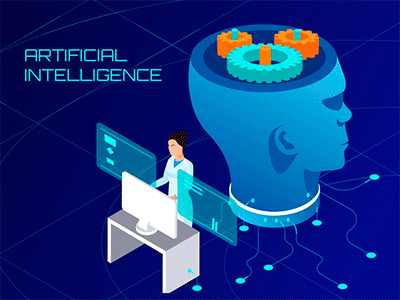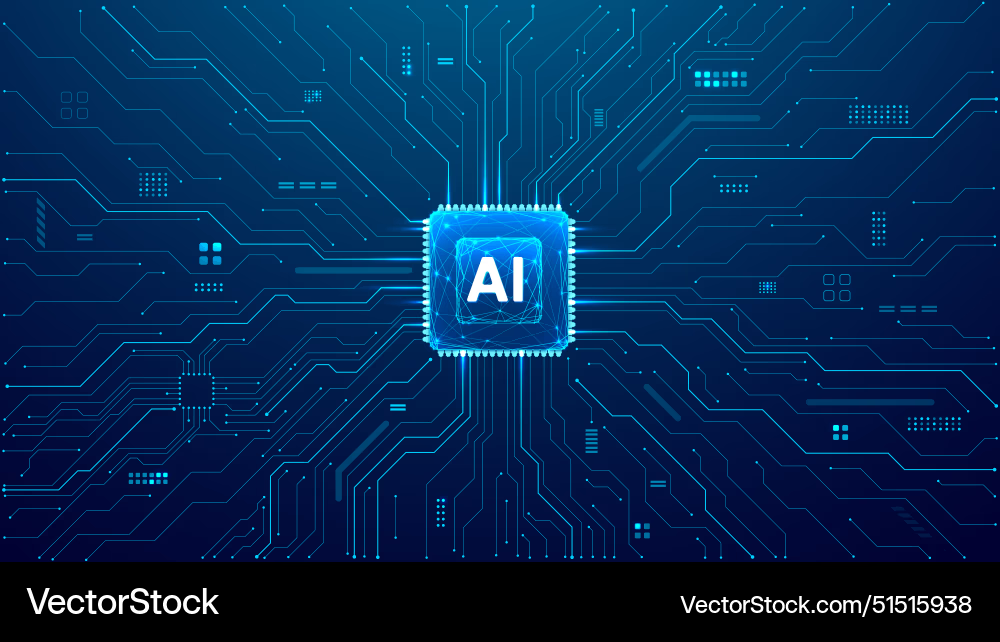Artificial Intelligence Topics
Machine Learning
Understand supervised, unsupervised, and reinforcement learning.
Deep Learning & Neural Networks
Explore artificial neural networks, CNNs, and RNNs.
Natural Language Processing (NLP)
Learn text analysis, chatbots, and language models.
Computer Vision
Discover image recognition, object detection, and AI-driven vision.






